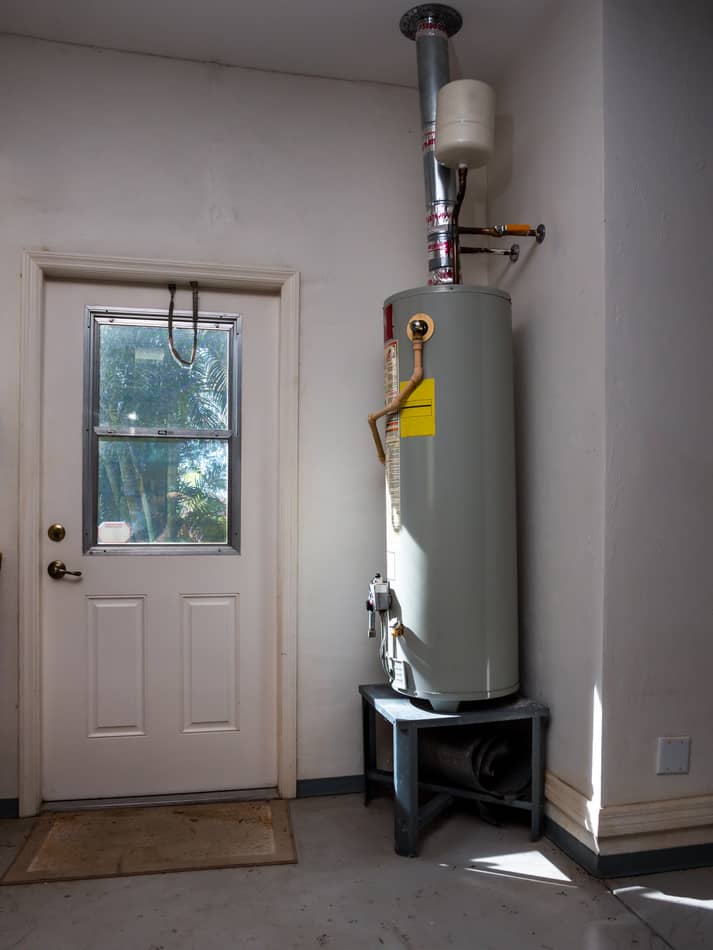Expert Advice on Maintaining Your Home's Hot Water System
Expert Advice on Maintaining Your Home's Hot Water System
Blog Article
What're your opinions regarding Water Heater Maintenance Tips You Can't Afford to Forget?

Warm water is vital for daily convenience, whether it's for a refreshing shower or washing meals. To ensure your hot water system runs successfully and lasts longer, routine upkeep is essential. This article supplies practical suggestions and understandings on how to keep your home's hot water system to avoid disturbances and costly fixings.
Introduction
Preserving your home's warm water system could seem overwhelming, however with a couple of easy actions, you can guarantee it runs smoothly for many years to find. This overview covers every little thing from understanding your hot water system to do it yourself upkeep tips and knowing when to call in expert help.
Value of Keeping Your Hot Water System
Routine upkeep not just prolongs the life expectancy of your warm water system yet also ensures it operates effectively. Disregarding maintenance can cause lowered performance, greater energy bills, and even premature failing of the system.
Signs Your Hot Water System Needs Maintenance
Knowing when your hot water system needs interest can protect against significant concerns. Keep an eye out for signs such as inconsistent water temperature, strange sounds from the heater, or rustic water.
Flushing the Water Heater
Flushing your water heater removes sediment build-up, improving performance and lengthening its life.
Monitoring and Changing Anode Rods
Anode poles protect against corrosion inside the storage tank. Examining and replacing them when worn is vital.
Complicated Problems Requiring Professional Help
Instances include significant leaks, electrical problems, or if your water heater is regularly underperforming.
Routine Professional Maintenance Conveniences
Specialist upkeep can consist of complete assessments, tune-ups, and making sure compliance with safety criteria.
Examining and Changing Temperature Settings
Readjusting the temperature settings makes certain ideal performance and security.
DIY Tips for Upkeep
You can do a number of maintenance jobs yourself to keep your hot water system in leading problem.
Checking for Leakages
Consistently check pipes and links for leakages, as these can cause water damage and greater bills.
Understanding Your Warm Water System
Before diving right into upkeep tasks, it's helpful to recognize the fundamental parts of your hot water system. Generally, this consists of the hot water heater itself, pipelines, anode poles, and temperature level controls.
Regular Monthly Upkeep Tasks
Routine month-to-month checks can assist catch small issues prior to they escalate.
Checking Pressure Relief Valves
Examining the pressure safety valve ensures it works correctly and avoids too much pressure accumulation.
Protecting Pipelines
Insulating warm water pipelines decreases heat loss and can save power.
When to Call a Specialist
While DIY maintenance is valuable, some issues call for professional competence.
Conclusion
Normal maintenance of your home's hot water system is essential for effectiveness, long life, and cost savings. By complying with these tips and knowing when to look for specialist help, you can guarantee a trusted supply of hot water without unforeseen disruptions.
How to Maintain an Instant Hot Water Heater
Before tinkering with your hot water heater, make sure that it’s not powered on. You also have to turn off the main circuit breaker and shut off the main gas line to prevent accidents. Also turn off the water valves connected to your unit to prevent water from flowing into and out of the appliance. 2. When you’re done, you have to detach the purge valves’ caps. These look like the letter “T†and are situated on either side of the water valves. Doing so will release any pressure that has accumulated inside the valves while at the same time avoid hot water from shooting out and burning your skin. 3. When the purge valves’ caps are removed, you have to connect your hosing lines to the valves. Your unit should have come with three hoses but if it didn’t, you can purchase these things from any hardware or home repair shops. You can also get them from retail stores that sell water heating systems. Read the user’s manual and follow it to complete this task properly. When the hosing lines are connected, open the purge port’s valves. 4. You should never use harsh chemical cleaners or solutions when cleaning your unit. Make use of white vinegar instead. It should be undiluted and you’ll probably use about 2 gallons. 5. Now flush your water heater. This task should probably take about 40 minutes. We can’t give you specific directions for this because the procedure is carried out depending on the type, model and brand of your heater. With that being said, refer to the user’s manual. 6. When you’re done draining the unit, you have to turn off the purge port valves again. Remove the hosing lines that you earlier installed on each of the water valves. Put the valve caps (purge port) back in their respective places and be very careful so as not to damage the rubber discs that are found inside these caps. 7. Now that everything’s back in place, check your user’s manual again to find out how to reactivate your water heating system. 8. Once it is working, turn one of your hot water faucets on just to let air pass through the heater’s water supply pipes. Leave the tap on until water flows smoothly out of it. https://www.orrplumbing.com/blog/2014/september/how-to-maintain-an-instant-hot-water-heater/

Hopefully you enjoyed our article on How to Maintain Your Water Heater & Prolong its Life. Thanks so much for taking time to read our content. Do you know about someone else who is interested in the subject? Take a moment to promote it. Thanks for your time invested reading it.
Click Here Report this page